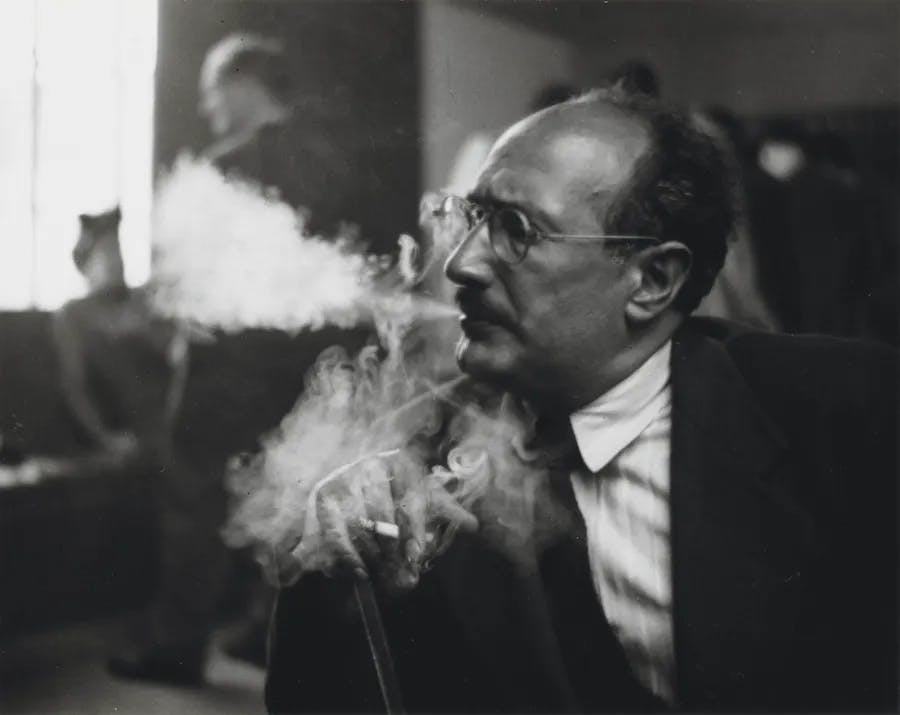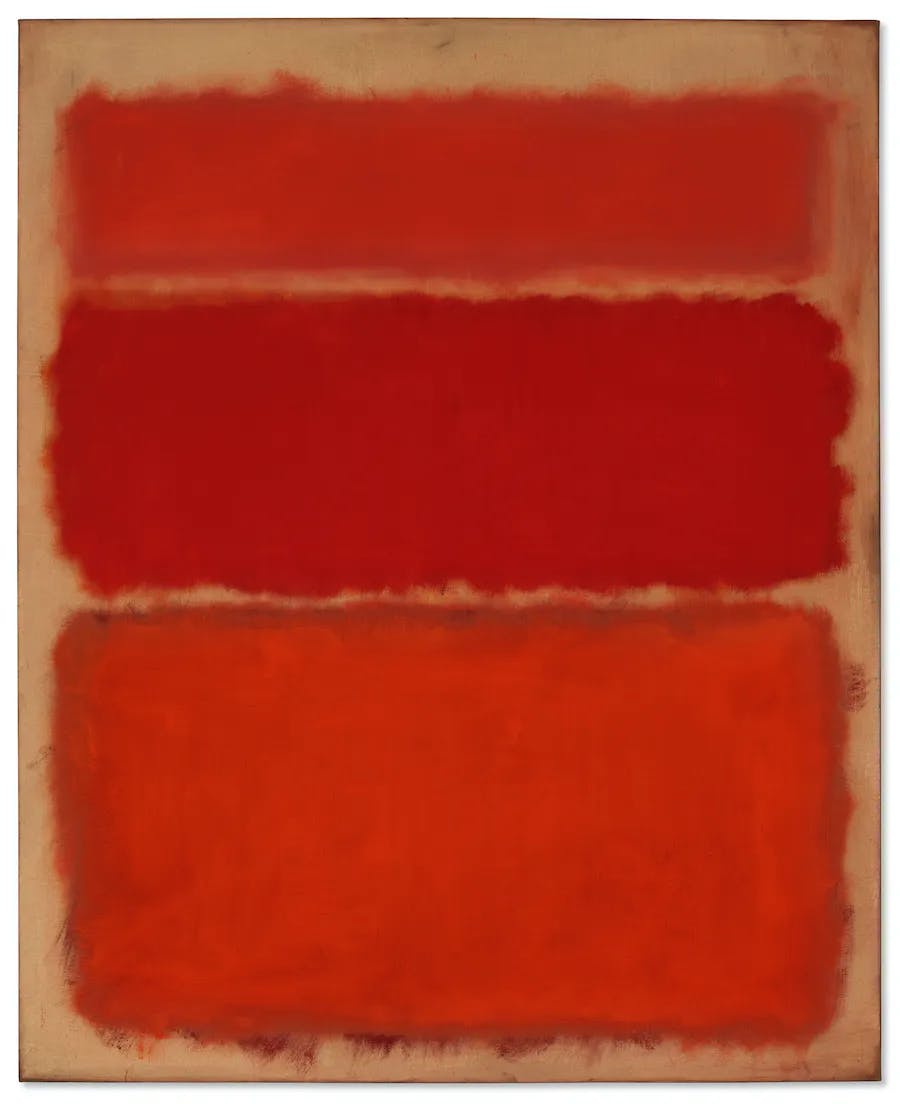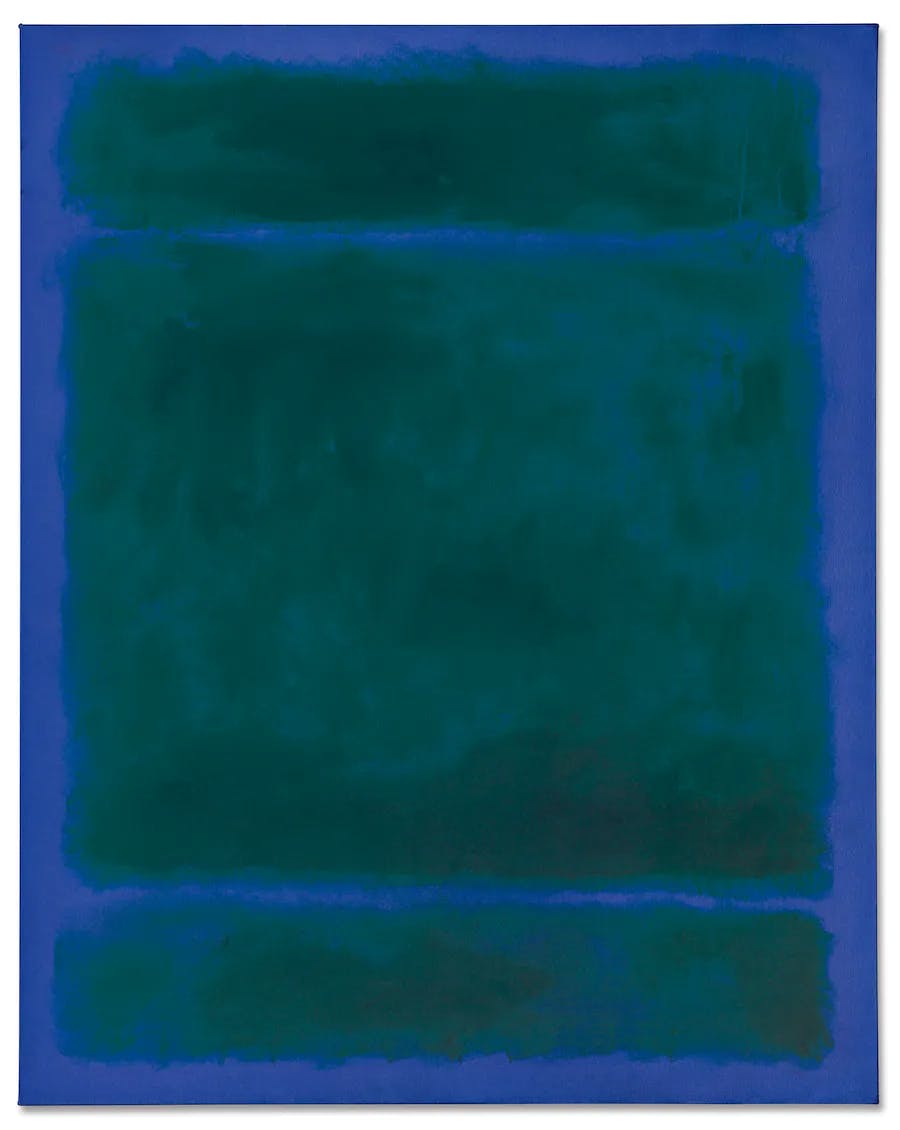Mark Rothko: The Emotional Power of Color
His colorful rectangles are universally famous, so let's find out more about this fascinating artist.
Markus Yakovlevich Rothkowitz, better known as Mark Rothko (Daugavpils, Latvia, September 25, 1903 - New York, February 25, 1970), was an American painter of Latvian-Jewish origin, often classified as an Abstract Expressionist and considered one of the most prominent figures of this type of Expressionism.
As a child, he left his native country of Latvia with his family to move to America. He later attended Yale University but dropped out to move to New York and study with Max Weber. Also in the Big Apple he founded, in 1948, an art school with William Baziotes, Robert Motherwell and Barnett Newman.

At the end of the 1930's, he developed a pictorial style made up of flat figures, but by around 1945 he transformed his style, inspired by the techniques and images of Surrealism. With the support of Peggy Guggenheim, he was able to set up a personal show at her New York gallery Art of This Century.
In the late 1940s and early 1950s, Rothko developed what is called his mature style, focusing on core emotions by filling his canvases with rectangles of intense colors. In this sense he is considered by many to be a precursor of Color Field painters, such as Helen Frankenthaler.

His abstracted rectangles with indistinct outlines later became his trademark and today can be understood as painted dramas aimed at eliciting an emotional response from the viewer. Towards the end of the 1960s, the vivid tones of reds, oranges, and pinks in these works darkened into grays and blacks.
Do you want to receive interesting articles by email? Sign up for our free newsletter!
Physically and psychologically worn out by a life marked by alcoholism and smoking, Rothko committed suicide in his New York studio on February 25, 1970.

Posthumously he actually became more famous, and in the 2000s became one of the most expensive artists in the world with his works selling for tens of millions.

Increasingly, his paintings have fetched sky-high prices at auction and on the at market. In 2012, Orange, Red, Yellow sold for $86.8 million at Christie's, and in 2014, No. 6 (Violet, Green and Red) was bought by Russian tycoon Dmitry Rybolovlev for a shocking $186 million. Most recently, last year his 1951 No. 7, the most expensive work in the Macklowe Collection at Sotheby's, reached $82.4 million.


